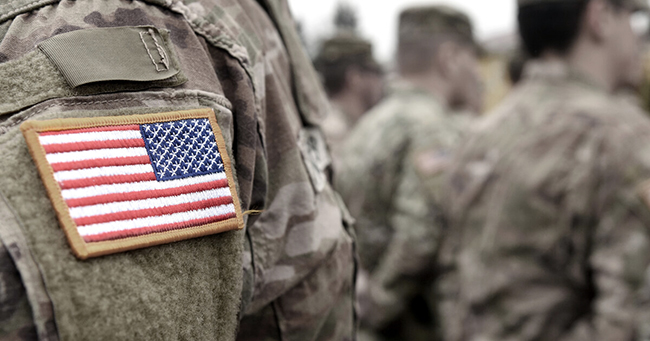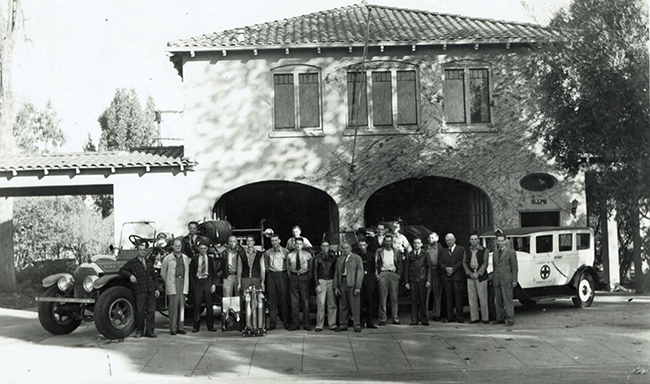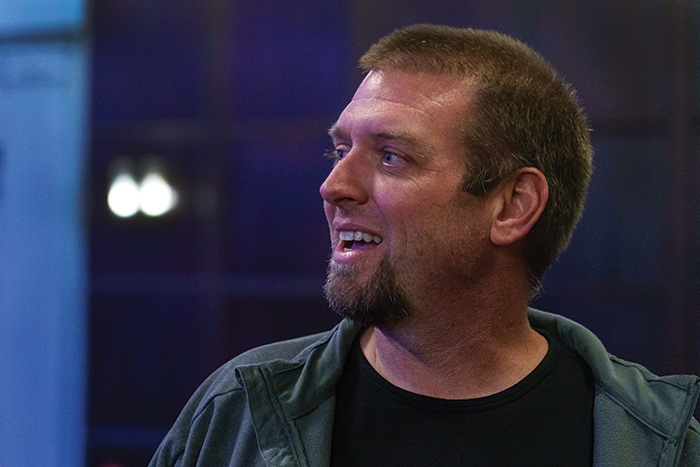Viewpoint: Let’s remember the veterans who are still fighting

Photo/courtesy of recovered.org
By Jody Boulay | Special to the Courier
Memorial Day is a solemn occasion to honor the men and women who made the ultimate sacrifice in service to our nation. We attend parades, place flags at gravesites, and take quiet moments of reflection. But beyond the ceremonies and speeches lies another, often invisible war, one that too many of our veterans and active-duty service members are still fighting. Countless veterans struggle with substance use disorders, suicidal ideation, and an increasing risk of drug overdose.
It’s a battle that doesn’t make headlines and is waged silently behind closed doors, far from the front lines. Yet, for countless military personnel, the struggle with addiction is as real and as relentless as any combat mission. Service members often endure intense physical and psychological stress.
Exposure to combat, traumatic injuries, and the pressure to reintegrate into civilian life all contribute to an increased risk of developing a substance use disorder. The connection between military service and addiction is not often discussed, but it should be.
According to U.S. census data, in 2022, 1,292,737 veterans lived in California. While it is challenging to know how many veterans struggle with addiction and mental health issues, there are some national and state trends among veterans and the general population that offer some insight.
According to data from the state of California, 559 veterans died in the state in 2021, 14% by suicide. But in the population as a whole, suicide made up just 1% of deaths in the same year.
The federal 2022 National Survey on Drug Use and Health reports that 6.3% of veterans had a substance use disorder in the past year. Alcohol use, for example, was common among 56% of veterans, while 22% engaged in binge drinking, and 5.2% experienced an alcohol use disorder.
Alcohol abuse, in general, unfortunately, is a common precursor for addiction and suicidal ideation, and increases the risk of drug overdose. According to the California Health Care Foundation, the death rate from fentanyl increased tenfold from 2015 to 2019. Approximately 2.9 million Californians aged 12 and older had a substance use disorder in the past year. Six percent reported symptoms that met the criteria for abuse of or dependence on alcohol, and about 4% reported meeting the criteria for abuse of or dependence on illicit drugs.
We need to normalize conversations around mental health and addiction within military culture. We should also support community-based organizations and nonprofits doing critical work in this space. Many of these groups offer holistic, veteran-centered services that go beyond what traditional institutions can provide, from non-traditional therapy and outdoor rehabilitation programs to job training and sober housing.
We must also expand access to comprehensive, trauma-informed care, particularly in rural areas where resources are scarce.
There are some resources to help, such as the Veterans Crisis Line, reachable any time by dialing 988, and pressing 1, or by texting 838255. Veterans can also contact CalVet at (800) 952-5626, or the VA Benefits Hotline at (800) 827-1000. The Department of Health Care Services provides an automated non-emergency substance use disorder treatment referral line at (800) 879-2772.
This Memorial Day, while we remember the fallen, let’s also remember those still fighting against the weight of their memories, their pain, and the stigma that keeps them from seeking help. Let’s make it clear that their service matters, their struggles matter, and they are not alone.
Jody Boulay is a community outreach coordinator for a national drug education and rehabilitation services referral company.










0 Comments